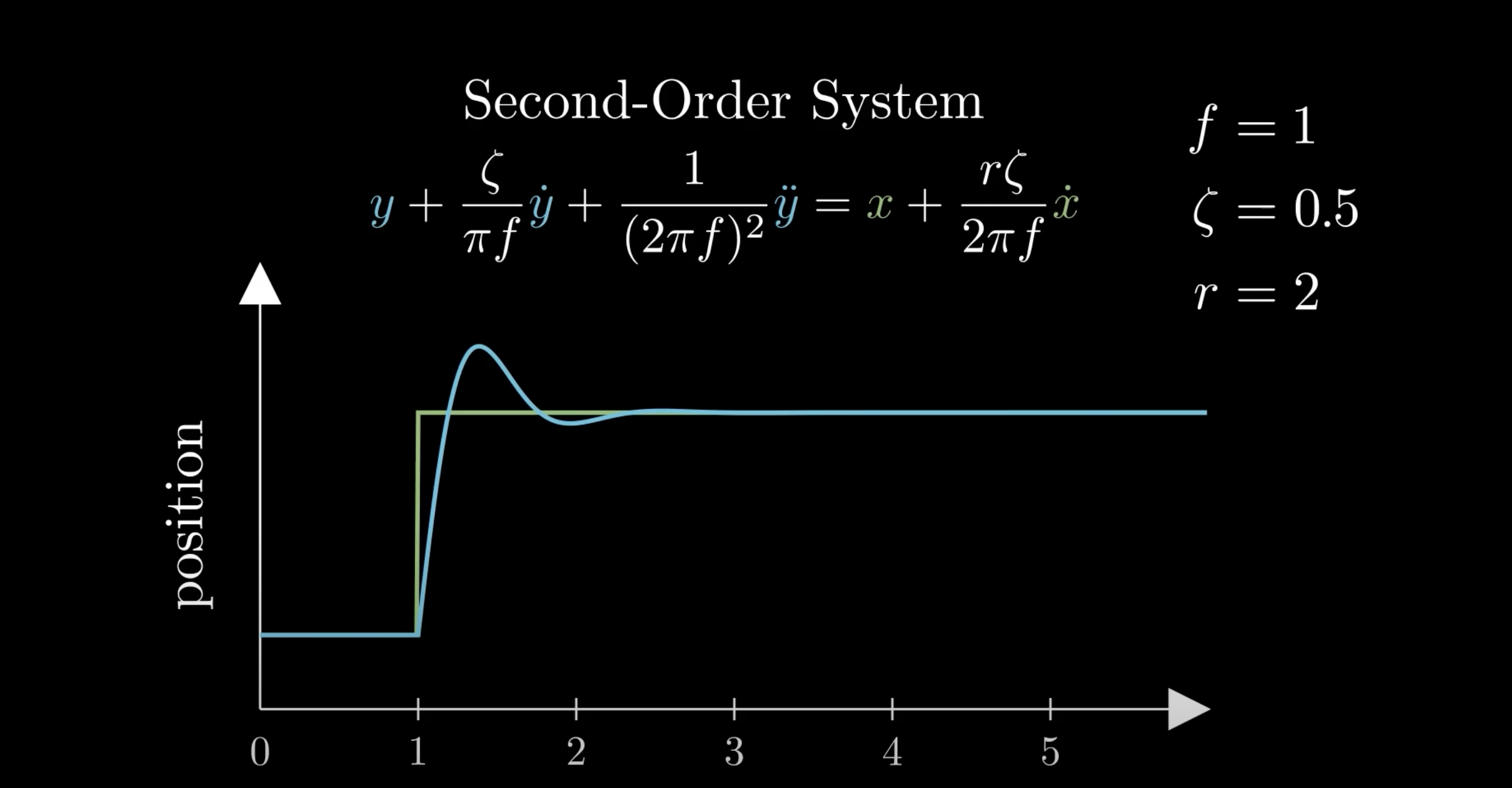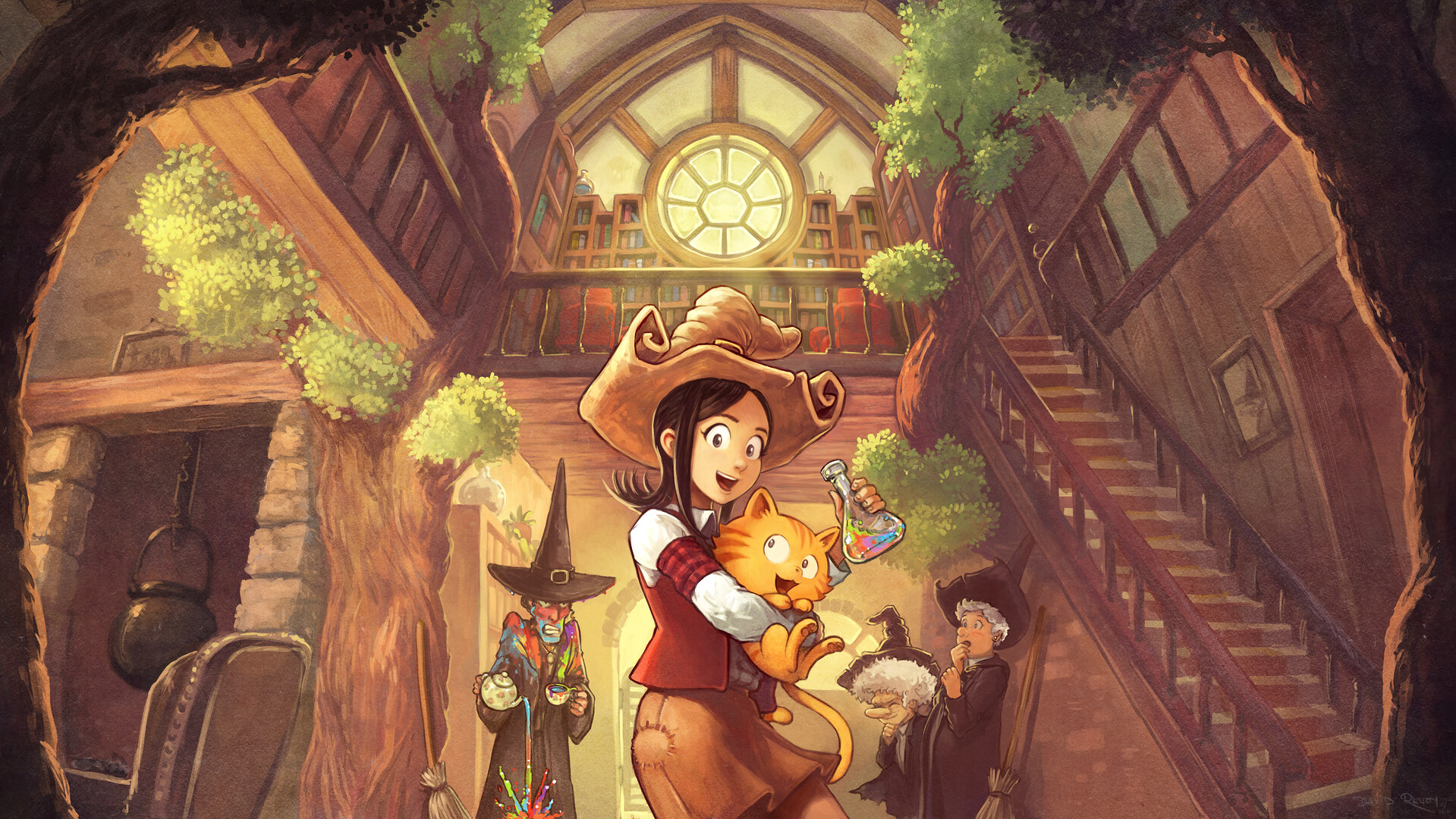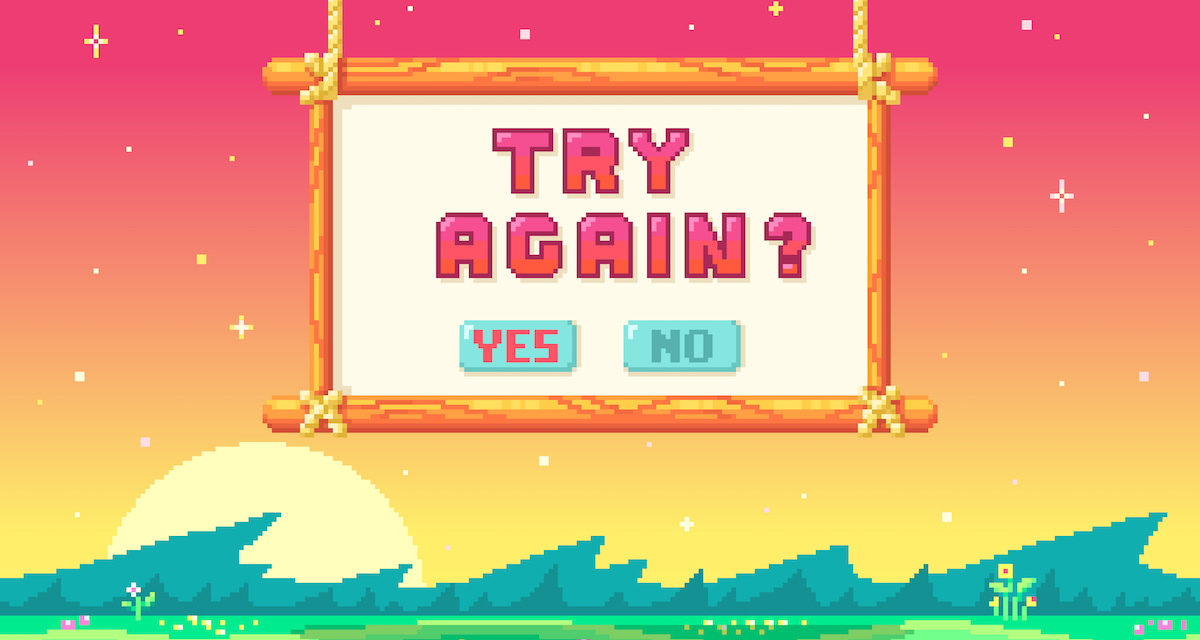Obstacles in games
I've been thinking a bit about how obstacles are portrayed in games.
Picture if you will a locked door. It's an older door. There is a door
mat in front of the door. How do you get in?
This door puzzle shows up in several text adventures (I first
encountered it in one of the Zork games from Infocom, if memory serves,
though I might have read about it in a review of Deadline). What quickly
becomes apparent is that the game is relying on several key things. The
first of which is that you can't break down the door, no matter how hard
you try. The second is that if you look in the keyhole you'll notice
it's blocked. The third is that the game hopefully presented you with
the opportunity to grab a letter opener.
It also requires you to have an idea what type of door and lock you're
dealing with. My great grandmother had these doors. The locking
mechanism used a Skeleton
Key. If you left the key in
the hole then someone could see that it was obstructed.
The designers of the puzzle devised that you could get into a locked
room by sliding the doormat under the door. Once it was in place you
could use the letter opener to move the key out of the hole and onto the
mat. Once the key hit the mat you could carefully pull the mat and get
the key. Voila! You can now open the door.
I decided to try this with my great grandma's locks. Sure enough, it
worked. I felt so clever that I knew how to defeat these locks once and
for all (assuming I had a doormat, a letter opener, and a skeleton key
lock with a key carelessly left in it).
Clever puzzle? Sure, but there's a few flaws with it.
The first is it assumes familiarity with the locks of this era. I
happened to have access to this lock so I could demonstrate for myself
that it worked. That was over 40 years ago. I doubt that anyone today
looking at that puzzle would even think to try this puzzle. Today's
locks don't offer such an easy way of defeating them.
Worse, what happens if the door remains locked? Most times it means that
the character doesn't get access to whatever is behind that door. Unless
they figure out the correct incantation of words or actions they remain
blocked from gaining access. At some point the door becomes less of an
obstacle and more of a frustrating impediment to progressing in the
game. It's even worse if the rest of the game is locked behind that
door. Sorry, but you must have door knowledge and a letter opener to
unlock this content.
I can also say that the locks I encountered weren't anything special.
You probably could pick it with the letter opener or bash the door hard
enough to gain access. The solution to the puzzle would make the player
feel clever, but only after they figured out what the game designer was
trying to achieve.
Thing is, it didn't add anything to the story. The only things that I
got out of it was a chance to play with my great grandmother's locks and
an anecdote to tell other folks.
Many games mistake locked doors, locked chests, and obstacles as
gameplay, but if they only serve to keep the player out unless there's
certain conditions that are met I wonder if they're really serving their
purpose. In GUMSHOE any
clue that is related to the investigation is automatically granted to
the players in the interest of keeping the story moving. So if you
happen to be on the wrong side of a door and there's a core clue behind
it the system allows you to use your investigative abilities to route
around it. Perhaps that means the door can be easily picked, or the wood
is slightly rotten, or you now know the name of the person who has the
key. It offers a more rich experience than doing one thing in order to
overcome the obstacle.
Point being that stalling progress in order to figure out a puzzle isn't
terribly interesting. As game designers we tend to forget that the
obstacles in the story are only interesting if the characters can route
around them. If the player isn't able to deduce what needs to happen in
order to get around an obstacle then perhaps the character can have some
knowledge that the player lacks. (e.g.: Kayleigh may never have seen a
skeleton key door, but intrepid reporter Vivienne Sinclair may have
opened more than a few doors with this little trick.
"I made significant progress in this game" is way more interesting than
"I finally got the damn door opened". Let's give the players more tools
to have their characters be successful.
http://decafbad.net/2021/07/11/obstacles-in-games/
#misc #Adayinthelife #GameDesign #RolePlayingGames




